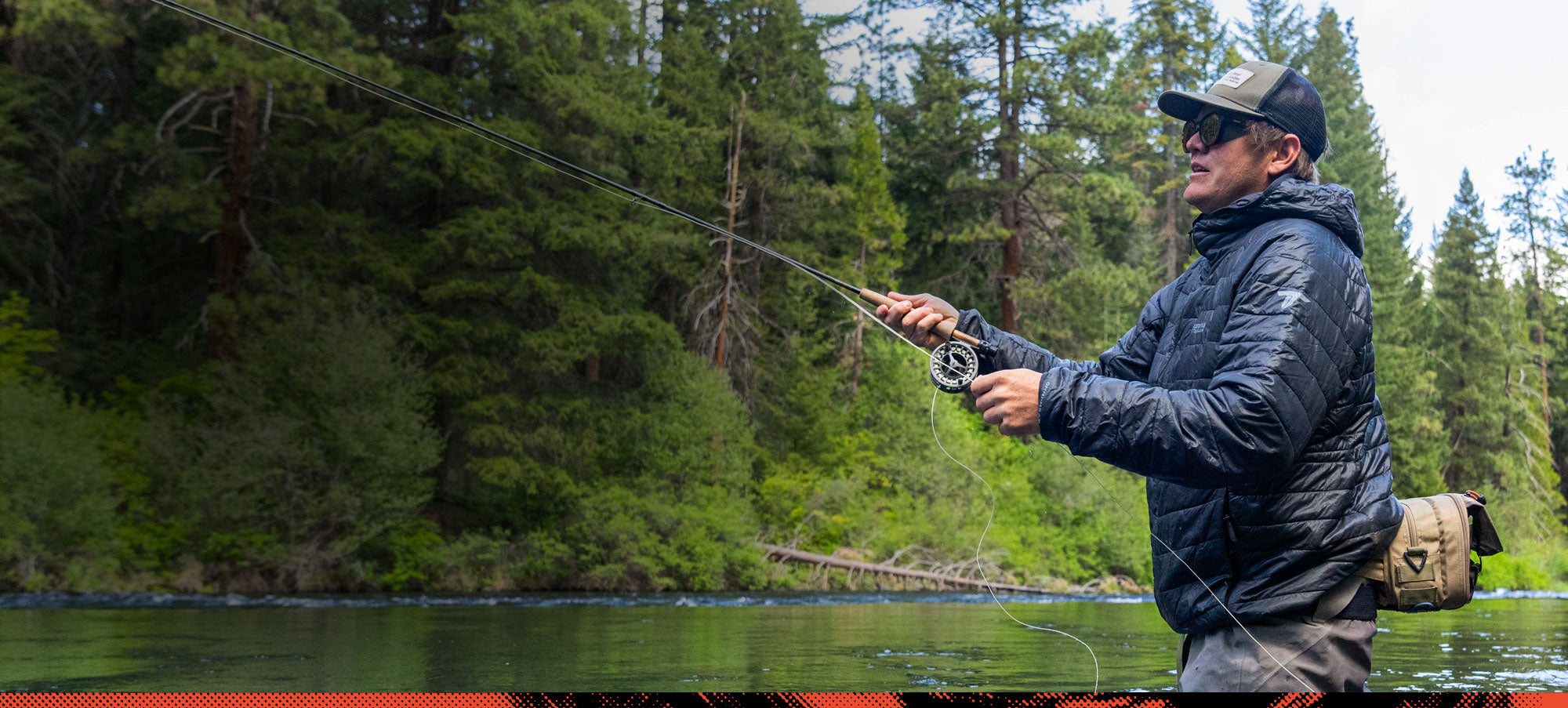Polarised sunglasses are designed to reduce glare which can help on long days by the beach with the sun reflecting off of the water, or for situations like fishing where polarisation allows you to see directly through the water’s surface to see your quarry swimming below. But is polarization right for every situation?
In certain environments it can actually be helpful to see glare, it allows you to see an oil slick on the road, or an icy patch on the ski run ahead. We’ll go through activity by activity and let you know if polarisation will be helpful, or if you should stick with ChromaPop™ for increased contrast.
What Is Lens Polarisation?
Whether you’re scanning the river at dawn or battling unchecked afternoon sun in open water, polarised lenses cut surface glare and increase contrast to make the details pop, so you can fish longer without eye fatigue. Featuring a durable-surface treatment that filters out and blocks certain light waves, polarised sunglasses work for fishing because they let you see below the waterline.
What Is The Difference Between Polarisation And ChromaPop™?
An advanced lens option, ChromaPop™ filters crossover light wavelengths that cause color confusion while polarised lenses have a special filter that blocks horizontal light waves while allowing vertical light waves to pass through, reducing the amount of glare that reflects off surfaces. In short, polarisation reduces glare and improves clarity, while ChromaPop™ enhances color and contrast. Both technologies can be useful in different situations, and some of our sunglasses even incorporate both technologies into a single lens.
Polarisation For Fishing 

When it comes to fishing polarisation is essential. Whether you’re scanning the river at dawn or battling unchecked afternoon sun in open water, polarised lenses cut surface glare and increase contrast to make the details pop, so you can fish longer without eye fatigue. Polarised sunglasses work for fishing because they let you see below the waterline. Get lenses with both Polarisation and ChromaPop™ for the crispest view of what’s going on under the surface.
Polarisation For Skiing And Snowboarding 

When it comes to goggles and sunglasses for skiing and snowboarding we recommend skipping the polarisation. Since polarisation cuts glare, that can mean that the reflection off of the icy patch on your run isn’t as visible. For snow sports where you need enhanced contrast and visibility, we recommend our ChromaPop™ lenses.
Polarisation For Biking 

Whether you use polarised lenses when you’re on your bike is really a matter of preference. If you’re on the road it can help with glare coming off of the surfaces of cars, but it can also make it harder to spot slick spots on the road or to read any digital displays you might be using on your bike.
Whether you’re grinding out the gravel miles, racing crits, or tackling dark, wooded singletrack, you need to be ready for every possible light condition on the bike. That’s why our favorite cycling sunglasses feature ChromaPop™ technology and come in a variety of different lens colors. Smith ChromaPop™ lenses boost contrast and make colors pop for the best possible read on the terrain no matter the lighting.

